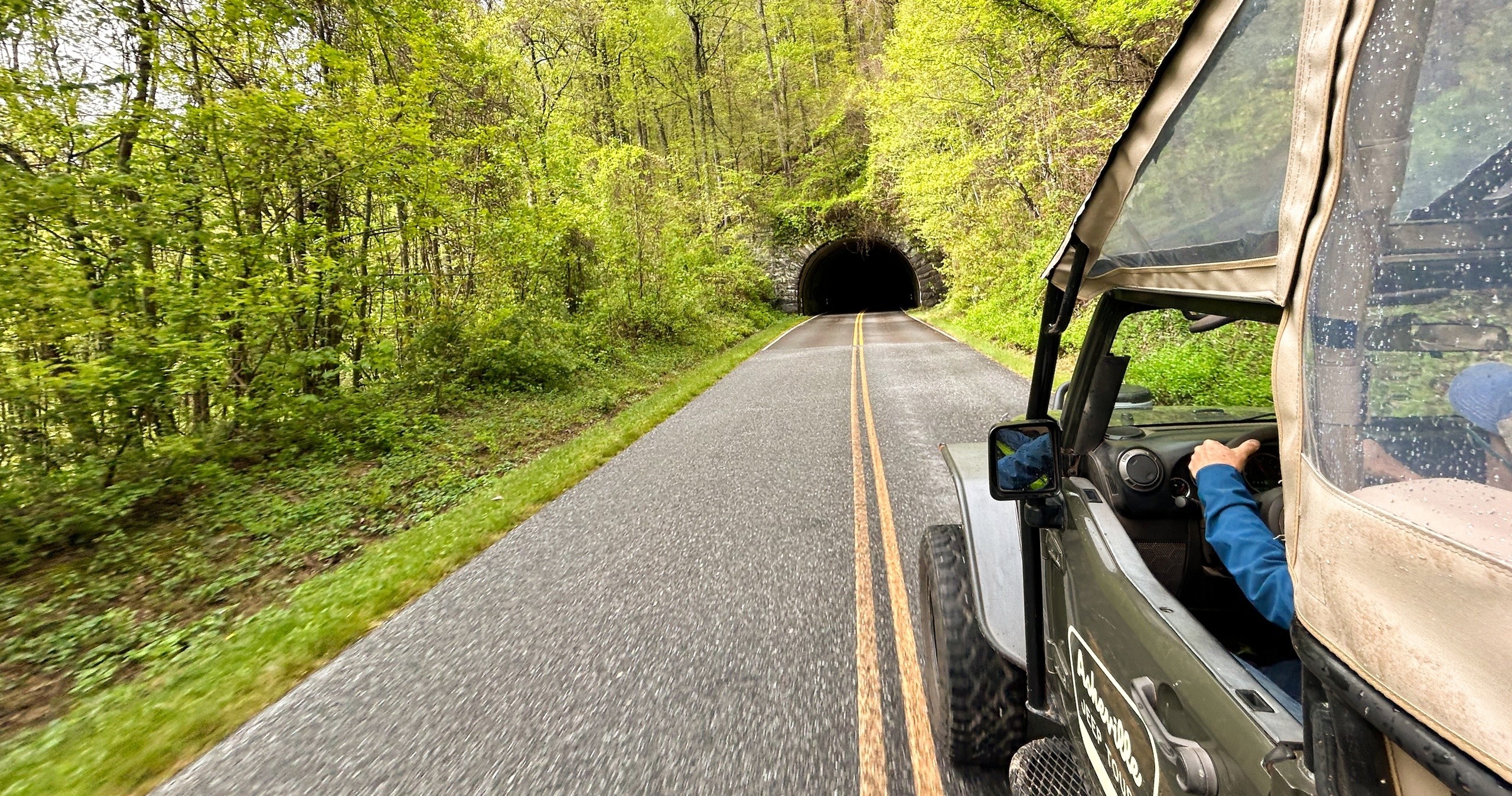Ridge Running Above Anchorage: The Alpine Classic Trek
Half a day, a lifetime of views: a ridgeline walk where the tundra and sky trade secrets.
The tundra greets you first—springy, wind-brushed, alive underfoot. Beyond the last spruce, the ridge pulls you upward like a magnetic line. Cook Inlet flashes steel-blue to the west; to the east, the Chugach gather in ranks, shoulder over shoulder, a quiet army of stone. Up here the breeze has opinions, nudging your jacket zipper and insisting you look left, look right, look farther. And you do—because this is a vantage that doesn’t come cheaply, a top-of-the-world sweep that lays out Anchorage, glaciated U-shaped valleys, and on clear days, the far white sentinel of Denali on the horizon.
Trail Wisdom
Layer Like a Local
Carry a windproof shell and a light insulated layer—ridge winds shift fast even on warm days.
Poles for the Descent
Trekking poles improve stability on steep, pebbly downhills and reduce knee strain over 1,000+ feet of loss.
Bear Aware Basics
Talk with your guide about spacing, noise, and bear spray handling before you leave the trailhead.
Footing Over Speed
Give yourself time on rocky or muddy sections; the tundra rewards careful steps with better views.
Local Knowledge
Hidden Gems
- •Blueberry Knoll spur for quick panoramic photos near Glen Alps
- •Saddle toward Little O’Malley for a quieter ridge perspective
Wildlife
Moose, Dall sheep
Conservation Note
Stay on durable surfaces to protect fragile alpine vegetation and practice bear-aware travel; pack out all waste, including food scraps.
Established in 1970, Chugach State Park protects approximately 495,000 acres of mountains, valleys, and coastline at Anchorage’s edge.
Seasonal Guide
spring
Best for: Early-season ridgelines, Wildlife tracks and signs
Challenges: Lingering snow patches, Muddy, slick trails
May brings long light and variable footing—expect snow ribbons and wet sections as the alpine wakes up.
summer
Best for: Big views and long daylight, Wildflower tundra
Challenges: Wind exposure on ridges, Occasional insects
June–August offer prime conditions with extended daylight and lively alpine plants; bring layers for ridge breezes.
fall
Best for: Tundra reds and golds, Cool, crisp air
Challenges: Shorter daylight, Early frost or flurries
September often delivers the best colors and fewer bugs, with sharp visibility and cool mornings.
winter
Best for: Snowy scenery (alternate activities), Low-angle light
Challenges: Icy, avalanche-prone terrain, Limited guided departures
This trek typically pauses in winter; consider snow-specific tours instead and respect avalanche forecasts.
Photographer's Notes
What to Bring
Waterproof/Windproof ShellEssential
Ridge weather changes quickly; a reliable shell keeps wind and drizzle from sapping heat.
Trekking Poles
Helpful on steep climbs and descents, especially on scree, roots, or wet tundra.
Grippy Hiking FootwearEssential
Sturdy trail shoes or boots with solid traction manage steep, uneven terrain.
Insulating MidlayerEssential
A lightweight puffy or fleece keeps you warm during breaks and summit winds.
Common Questions
How far and how much elevation is this trek?
Routes vary with conditions, but expect roughly 4–6 miles round trip with 1,200–2,000 feet of elevation gain.
Is previous hiking experience required?
You should be comfortable walking several miles on uneven terrain and climbing multiple flights of stairs over a few hours.
What’s included with the tour?
A professional naturalist guide, transportation from downtown Anchorage for non-private bookings, and a light snack (granola bar, apple, cheese stick).
Can I be picked up at my hotel?
Private bookings include hotel or Airbnb pickup within Anchorage; non-private tours meet at the Egan Center downtown.
What wildlife might we see?
Moose, marmots, Dall sheep, birds of prey, and songbirds are possible; sightings are not guaranteed.
What happens if I’m the only person booked?
There’s a two-person minimum. If you’re solo, you can move to another time/date, upgrade to a private tour, or receive a full refund.
What to Pack
1L+ water in a soft flask or bottle for the exposed ridge; windproof shell for gusts at elevation; grippy footwear for rocky, muddy sections; lightweight gloves and beanie to manage wind chill at stops.
Did You Know
On exceptionally clear days, Denali—North America’s highest peak—can be seen from ridgelines above Anchorage, roughly 130 miles away as the crow flies.
Quick Travel Tips
Plan the 8 a.m. departure for quieter trails and cooler temps; carry a credit card or cash for the Chugach State Park parking fee if meeting at the trailhead; check the forecast for Glen Alps, not just downtown Anchorage; confirm hotel pickup details a day in advance for private tours.
Local Flavor
Fuel up pre-hike at South Restaurant + Coffeehouse in South Anchorage, then celebrate your ridge miles with pizza and a pint at Moose’s Tooth. For a deeper cultural lens, visit the Alaska Native Heritage Center to connect the landscape with the region’s stories.
Logistics Snapshot
Closest airport: Ted Stevens Anchorage International (ANC). Trailhead: Glen Alps, about a 30–40 minute drive from downtown. Cell service: Usually good at the lot; spotty to none on the ridge. Permits: Day-use parking fee or Alaska State Parks Pass required at Glen Alps.
Sustainability Note
Stay on established paths to protect delicate tundra mats, keep 100 yards from bears and give all wildlife a wide berth, and pack out everything you bring—including organic waste.
Continue Reading

Blue Ridge Parkway by Jeep: Asheville’s Big-View Drive Without the Footslog
Trade trail dust for ridge-line views on a guided Blue Ridge Parkway Jeep tour out of Asheville. Over 3–4 unhurried hours, hop between classic overlooks, craft stops, and story-rich vistas—no hiking boots required.
Asheville, North Carolina

Into the Lower Canyon: 6.5 Days Oaring the Colorado’s Big Water
Start before dawn on the South Rim, hike 9.5 miles to the Colorado, and settle into six and a half days of oar-powered whitewater, side canyons, and starlit camps. This Lower Canyon journey pairs big water with smart logistics—and ends in a helicopter lift out of the heart of the Grand Canyon.
Grand Canyon Village, Arizona
